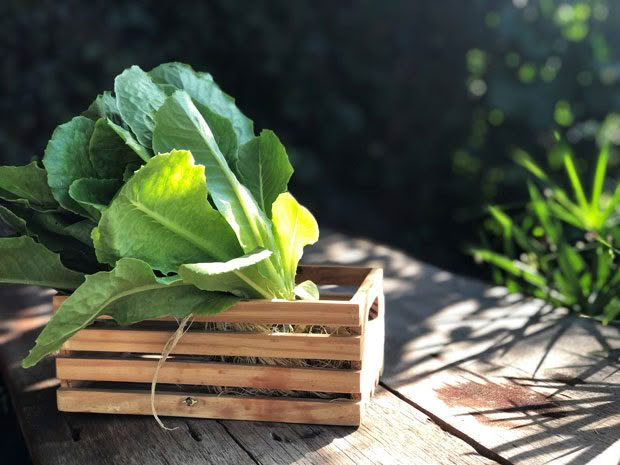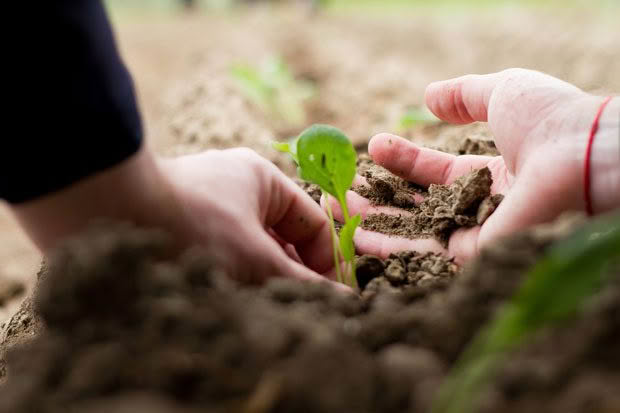8 gardening tasks in May for your best-ever winter garden

Dreaming of some fat homegrown cauliflower? Plant this crop (and many others) now and reap the rewards later.
Words: Nadene Hall
1. Plant successive crops of winter greens, including cos lettuce, mizuna, chervil, rocket, and cress. If you’re in a cold climate, plant in your sunniest spot, or cover with a plastic cloche.
2. The earlier your garlic goes in, the bigger the yield. Before planting cloves, work a general garden fertiliser high in potash into the soil. Garlic will rot in wet soil, so plant in raised beds or large containers if your soil is frequently soggy. Sandy loam is ideal, although a free-draining clay soil will work. Plant cloves in a compost-enriched soil about 5cm deep and 10-15cm apart.
3. Plant seedlings of broccoli, Chinese cabbage, Brussels sprouts, silverbeet, spinach, and spring onions.
4. Sow broad beans, kale, onions, peas, radishes, silverbeet, spinach, swedes, and turnips directly into the ground. If you have to transplant them, do it as soon as they’re large enough to handle. Once they get too big, they often don’t survive transplantation.
5. Cauliflower seedlings can be planted now, but protect them from frost while they’re young. Once established, they’ll happily cope with cold conditions. However, head formation is affected by extreme temperatures (both hot and cold), so a tunnel house is usually the best option if you’re in a cold climate.

6. Plant out strawberries, raspberries, gooseberries, and currants.
7. If you’re resting garden beds over winter, load them up with all the crop residues of the last few weeks, mixed with some fresh horse manure, and cover with a thick layer of straw, hay, or best of all, thick, black polythene sheets (known as builder’s plastic). It comes in wide rolls, is available from building supply stores, and will last for years.
8. Conduct pH tests on your garden beds. The easiest way is to use a pH meter, available from garden centres. However, you don’t just push it into the soil. A probe pH meter needs to be placed into pre-prepared soil to get an accurate reading.
Most involve:
•loosening the soil;
•wetting it, often to a muddy consistency;
•pushing the probe in to a certain depth;
•waiting a minute or so for a reading.
The best time to apply lime is from autumn through to early winter, when rain is usually frequent, as it’s needed for the lime to react with the soil. Add a high-magnesium lime or dolomite every 2-3 years, or more often if plants show signs of a deficiency (yellow leaves, slow growth, poor crops) – lighter soils become depleted more quickly than heavier ones.
MORE HERE
Love this story? Subscribe now!
 This article first appeared in NZ Lifestyle Block Magazine.
This article first appeared in NZ Lifestyle Block Magazine.
